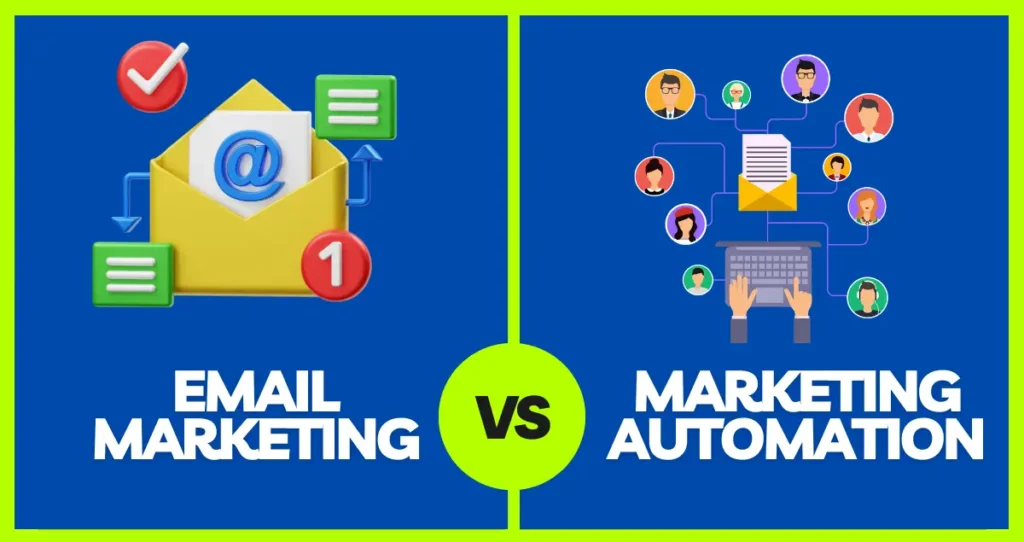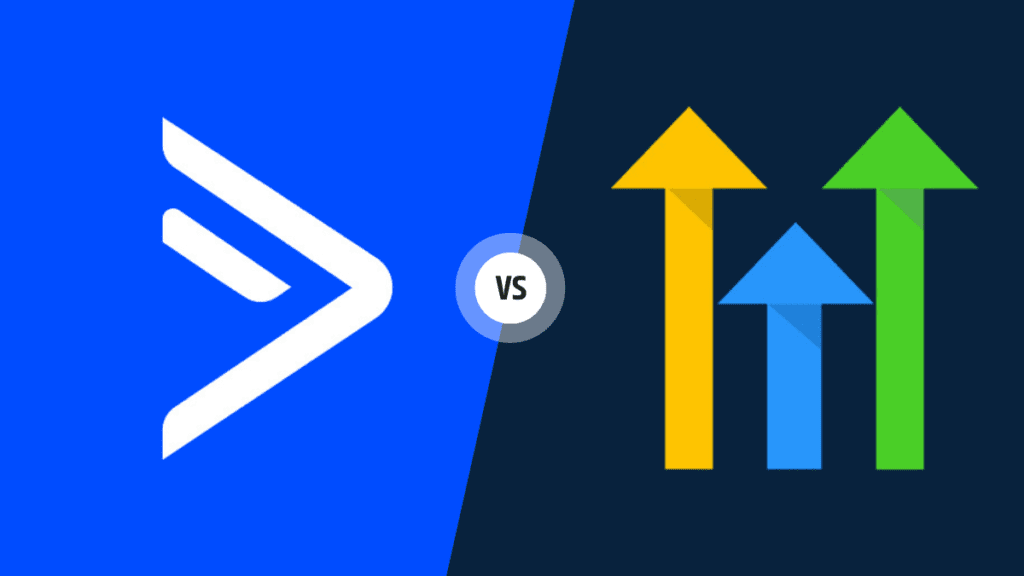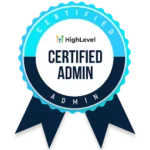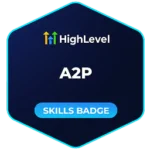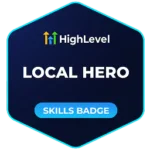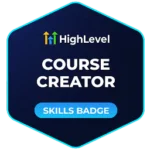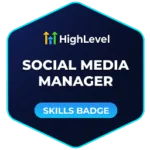Today, a sales funnel is the core of every SaaS company focused on growth in 2025. It doesn’t matter whether you’re running a new business or if you’ve been in business for several years now; you can benefit from learning how to build a proper sales funnel strategy since this will increase your conversions as well as augment the chances of keeping your clients and allowing your business to get the most out of its investment. In this blog, I will guide you on creating 12 steps to build a sales funnel for SaaS in 2025, supported by frameworks, strategies, and real-life case studies.
What is a SaaS Sales Funnel?
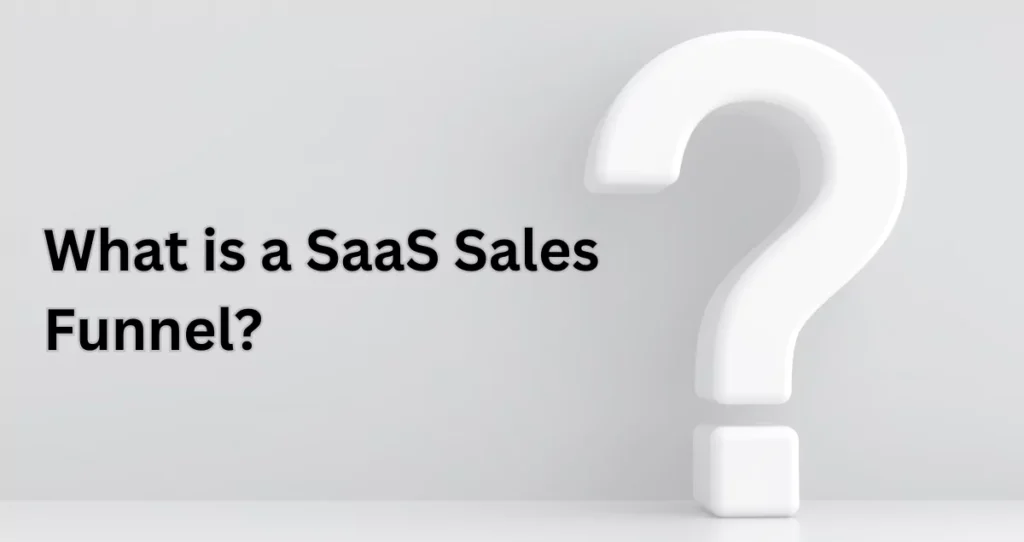
A SaaS sales funnel captures a flow chart of developing prospects into customers and cultivating them into brand champions. It shows every possible interaction point so your consumers have a proper journey of discovery to purchase. This structured method allows for potential ‘leakage’ points to be found, users to be guided through the onboarding process, and overall revenue to be boosted. For instance, Slack has an effective sales funnel that turns free users into paying ones.
Researching Possible SaaS Sale Funnel Models
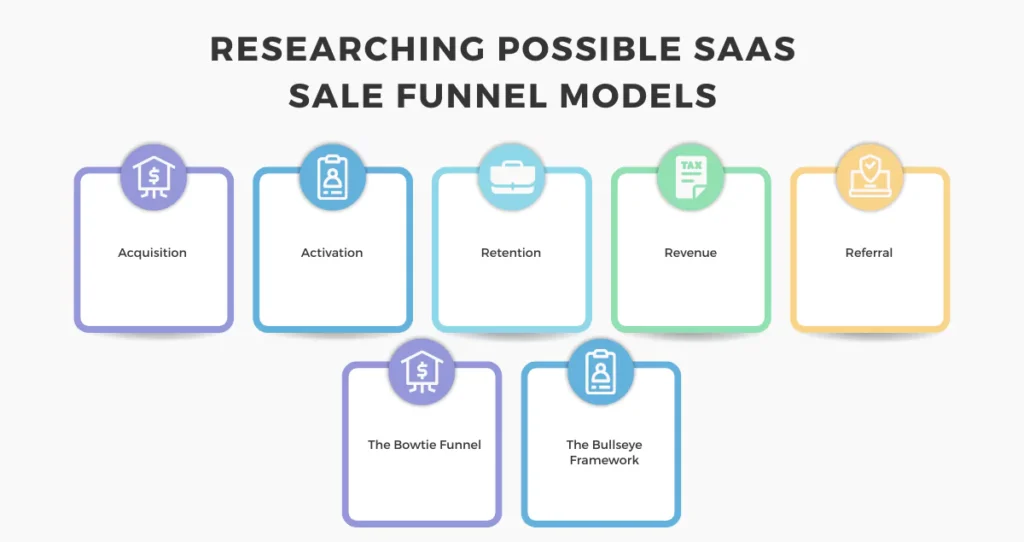
The Pirate Sales Funnel, also known as the AARRR Model.
Acquisition:
Converting the prospects generated by ads, blogs, or offering a free trial service.
Activation:
Taking the visitors and making them active users.
Retention:
The essential strategy for retaining users and avoiding churn is to involve them.
Revenue:
Cross-selling and adding services for which customers have to pay an additional price, e.g., selling newspapers with subscriptions and charging a subscription fee.
Referral:
Make your customers come to the front to help pitch your SaaS product. Many companies have applied this funnel and become giants like Dropbox.
The Bowtie Funnel
This framework can be understood in terms of the steps before and after the selling process. The “knot” is the conversion point that requires equal effort to turn the visitors into users and start to sell them something further.
The Bullseye Framework
The Bullseye Framework focuses on areas that can bring the highest return on investment. It marks out the hot button—the activity that produces the most leads—to increase productivity.
What do the SaaS Funnel Stages consist of?
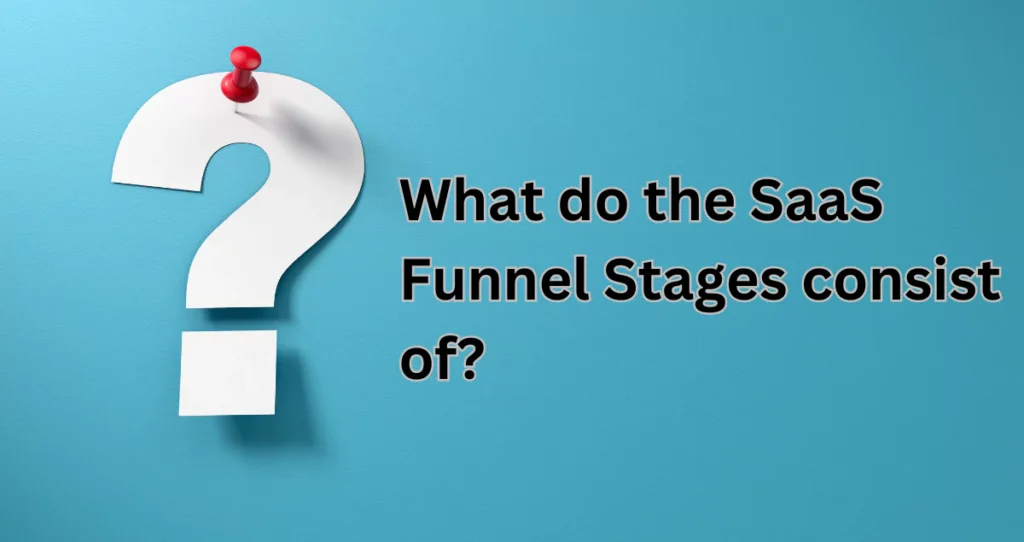
Awareness (Top of Funnel)
At this stage, people come across your SaaS solution. SEO and other promotional techniques can enhance awareness through social media and paid ads. Texts such as blogs, infographics, and how-to-use guides can help promote your product as a solution to a particular problem.
Engagement (Middle of Funnel)
Engagement is all about developing interactions with the potential customer base. In this case, Webinars, email marketing, and on- and offline interactive demos fit well. Engage the users and develop their trust by pointing specifically at the pain their application causes them.
Education and action (Awareness to the middle of the funnel)
When exploring the application, users assess your SaaS offering. The content should focus on the particularities of the product, the packages of prices and the advantages of purchasing. Promote Full versions of the programs or versions with most features for free to get users hooked.
Conversion (Bottom of Funnel)
Here, compensations refer to leads becoming paid clientele. Integrate targeted CTAs and special discounts with inviting personalization of the onboarding process.
How do you build your SaaS sales funnel?
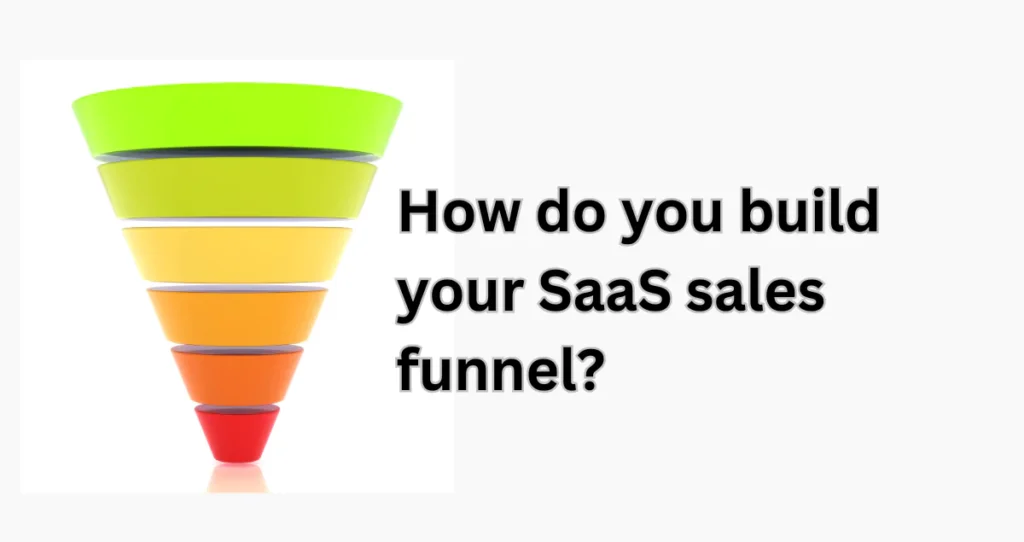
Map Your Customer Journeys
Understand your personas’ pain, wants, and decision-making processes. Well-developed personas should be created for each segment.
Create Compelling Content
Maintaining successful blogs, videos, and case studies is where a good SaaS solution should be advertised. Describe the main issues and then show how your product helps to overcome them.
Promote Your Content
Organic promotion via social media ads and emails in combination with SEO shall be adopted. Share content on LinkedIn to reach out to different working people.
Optimize User Onboarding
Users are hooked if they are given a proper onboarding process. Reduce account creation procedures, offer guided exercises, and provide 24/7 customer support.
Track Your Success
Track your KPI, such as conversion rate, customer attrition and the Customer Lifetime Value (CLV). For more quantitative data, consider using HubSpot or Mixpanel for valuable data.
What are the top three Funnel Stages?
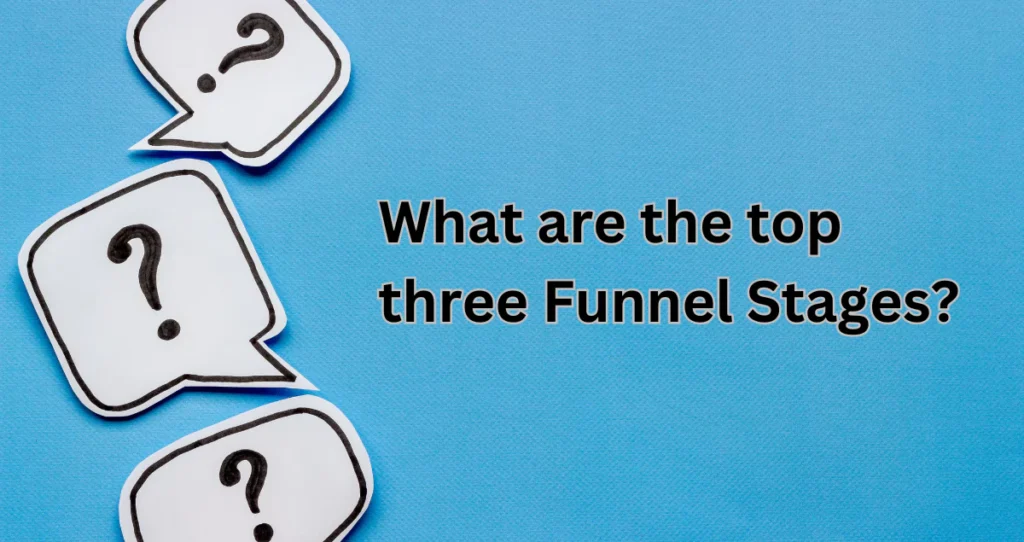
Top of the Funnel (TOFU)
Use lead magnets such as E-Books or free tools to raise awareness. To increase web traffic, one must employ proper SEO techniques to gain organic traffic.
Middle of the Funnel (MOFU)
Develop the leads more with webinars and drip email marketing. Inform users about the application advantages that they cannot receive when using a similar product.
Bottom of the Funnel (BOFU)
Secure incomes through free trial, demonstration or low-cost promotions. After that, send individualized emails to encourage conversions.
Target demographic of the product and corresponding key performance indicators
- Ground your segmentation on the value your product offers in the market.
- Small businesses in dire need are looking for cheap and efficient tools.
- Organizations need business solutions that conventional management choices do not offer.
- Customer Acquisition Cost (CAC)
Setting Goals
This technique is an acronym of the first five letters naming the five characteristics: Specific, Measurable, Achievable, Relevant, and Time-bound. For instance, one strategic organizational goal may be to achieve at least a 20% rise in trial-to-paid subscribers in the next six months.
SaaS Sales Funnel Best Practices
- Experiment with different CTAs to determine which one your audiences prefer.
- Zapier is an example of an automation tool that can solve a common issue.
- Engage every contact uniquely with the audience.
- Keep the funnel under construction, making changes as and when you learn from users.
How to Create a Winning SaaS Sales Funnel in 12 Steps?
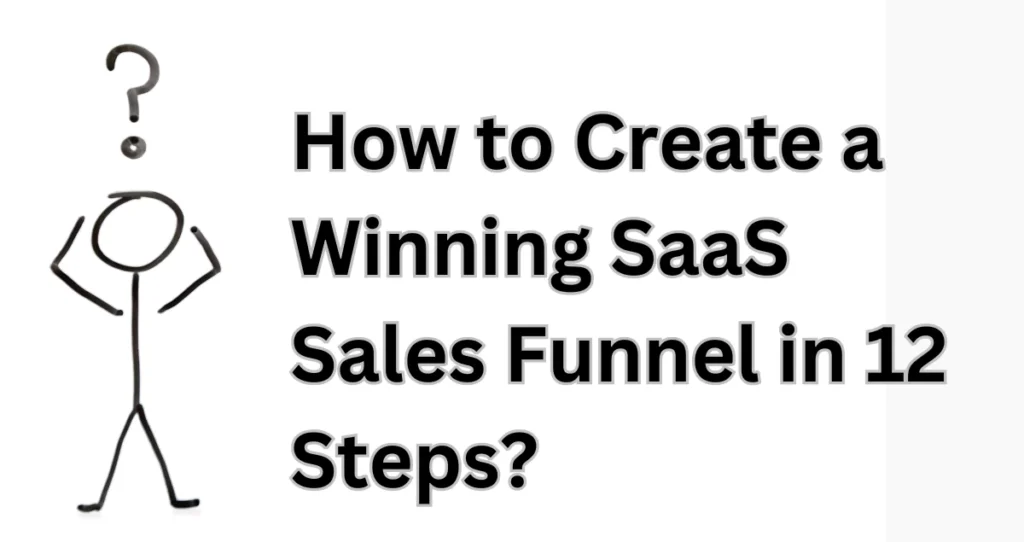
Nothing explains how easy it is to create a SaaS sales funnel as the above illustrations. Suppose you remember and implement these 12 steps. In that case, you can make a strategy in mind, and your target audience will respond better.
Identify Your Audience
Your audience is the most valuable asset in the selling funnel; therefore, it must be understood completely. Using the data on demographics, pains, and gains, create your ideal customer profiles (ICPs).
For example:
Are you operating with startups and trying to promote your services to them, or are your clients large companies? What do they want: affordability or scale? Such decisions hence will define your funnel, and there ought to be clear answers to them.
Research Competitors
See how other players in the same industry acquire and convert customers. The following steps involve identifying the strategies used by the institutions, their strengths, and the gaps realized.
SEMRush or Ahref can demonstrate their SEO strategies, while LinkedIn can be used to study the audience’s response. You can leverage this understanding to distinguish your SaaS service from the rest.
Map the Customer Journey
Every stage of the journey, from the initial moment you switch from a passive observer to an active one, is part of the customer journey. You should begin by mapping out the users’ flow in your funnel and how they discover, engage with, and transact through it.
For example, a potential customer might:
1. Return to the post using Google.
2. Sign up for a free trial.
3. Convert to a paid subscription once one has signed up.
Develop Awareness with SEO Approaches
The first step in any strategy is to ensure that one is seen. SEO ensures your SaaS solution stands out highly for specific keywords. Add several feature blogs, key pillar pages, and point-click FAQs to cover the pain areas.
Create Engaging Lead Magnets
Lead magnets are downloadable materials that allow the marketer to collect the user’s email address. Provide value from the gate to get people to sign up for your funnel.
Examples include:
- eBooks: “10 Amazing Techniques to Increase Your SaaS Onboarding Efficiency.”
- Webinars: Performances by brand-associated executives and models with the product information and sessions taking questions publicly.
- Templates: They are free tools that fit your SaaS.
Set up Cold and Warm Email Campaigns
Lead engagement is achieved on autopilot without manual intervention. By creating sequences relevant to each stage of the funnel, you can better position yourself to push the right product to the right audience.
- Welcome emails: Let your customer know who you are and what your product can do.
- Nurture campaigns: Be ready to share your success stories and other informative resources, such as case studies and guidelines, with others.
- Follow-ups: Alert customers of trial expirations, upcoming Turn Trial Packages testimonials, and more.
Offer Free Trials or Product Demo
A free trial gives users a taste of your SaaS product to familiarise them with it before purchasing it. Ensure that the trial period reflects its primary benefit in a shorter time than the trial period.
Otherwise, provide web demos to guide the leads through your platform. Emphasise areas of interest and answer questions as received.
Skyline Software: Improve Key Landing Pages for Conversion
Your landing page has to make the visitors act. Use headlines as calls to badges, headings consisting of compelling CTAs, and visual images highlighting the products’ specifics.
Example:
As for the example, an implementation of a CRM SaaS landing page would include:
- A compelling headline: That is why marketing strategies are characterized by their ability to help ‘Simplify Your Sales Pipeline’.
- A CTA: This prospect comes as text saying, “Start Your Free 14-Day Trial Today.”
- Testimonials: Actual quotations from people who experience the program’s benefits.
Improve Onboarding Processes
Onboarding is essential as the key step for transforming users using the product under the trial into regular consumers.
- As seen, keep the process simple, engaging, and valuable.
- Educational tutorials within applications or tooltips.
- Offer customer support while enrolling the customers in business.
- Replying to emails to ensure progress has been made and to remind them to reciprocate.
Monitor Results with Analysis
Track conversion rates, customer churn, CAC, and other similar coefficients using analytics.
Tools such as Google Analytics, Mixpanel, or Hubspot show which funnel stages need improvement. It is wise to use this data when adjusting.
Test and Refine Your Funnel
Consistent improvement of the existing sales funnel is vital for business success. Perform A/B testing with buttons, landing page layouts, and email title lines. For instance, see how “Sign up now” converts better than “Start your free trial.” Continue seeking better forms based on returns.
Outsource Boring Marketing Functions
Savings are usually in time since some of the work areas that can be automated include emailing, social media posting, and lead follow-up. Tools such as HubSpot, ActiveCampaign, and Zapier make these processes easier while leaving you with the strategies. The dedication to automatic software makes it impossible for one lead to be missed.
Why do we need a SaaS sales funnel?
It aids in customer acquisition and retention and offers a window into the effectiveness of most marketing investments.
What tools do assist when it comes to SaaS funnels?
Applications such as Hub spot, mix panel, and sale force help keep up with tracking and automation.
How are funnels for subscription-based businesses like SaaS businesses evaluated?
A good example is the churn rate, conversion, and LTV for effective decision-making.
About Rozi Academy
Rozi Academy is your choice of growth partner in the SaaS industry. Our strength is creating bespoke solutions—sales funnels, user onboarding processes, and every type of digital marketing for your company. Visit Rozi Academy to learn how to take your SaaS Business to the next level.
Conclusion
A structured funnel can revolutionize your SaaS company. If you follow these 12 steps to build sales funnels for SaaS in 2025, you’ll fine-tune the entire journey of a buyer. These strategies will significantly assist you, and Rozi Academy is ready to help you with their application. Call us now, or for more information on our services, visit the Services Page.
